Hand Casting – Exploring the Art, Process, and Timeless Significance
Hand casting is an artistic process that captures the intricate details of a hand, freezing a moment in time to create a three-dimensional sculpture. With origins tracing back centuries and modern applications in art, memory preservation, and celebration, hand casting has become a cherished practice for individuals and families worldwide.
This blog explores the materials, process, applications, and expert tips for successful hand casting, serving as a comprehensive guide for enthusiasts, hobbyists, and professionals alike

What is Hand Casting?
At its core, hand casting is a two-step process that involves creating a mold of a hand using skin-safe materials and then pouring a durable substance into the mold to form a permanent sculpture.
Key Highlights of Hand Casting
- Captures intricate details: From fine creases to fingerprints.
- Symbolic and sentimental: Used to preserve memories and milestones.
- Accessible craft: Suitable for home DIY kits or professional studios.
Hand casting has transcended from an ancient practice to a modern art form, blending sentimentality with craftsmanship to create timeless keepsakes.
Learn more about the evolution of hand casting from historical roots to modern applications in our detailed guide on What is Hand Casting?
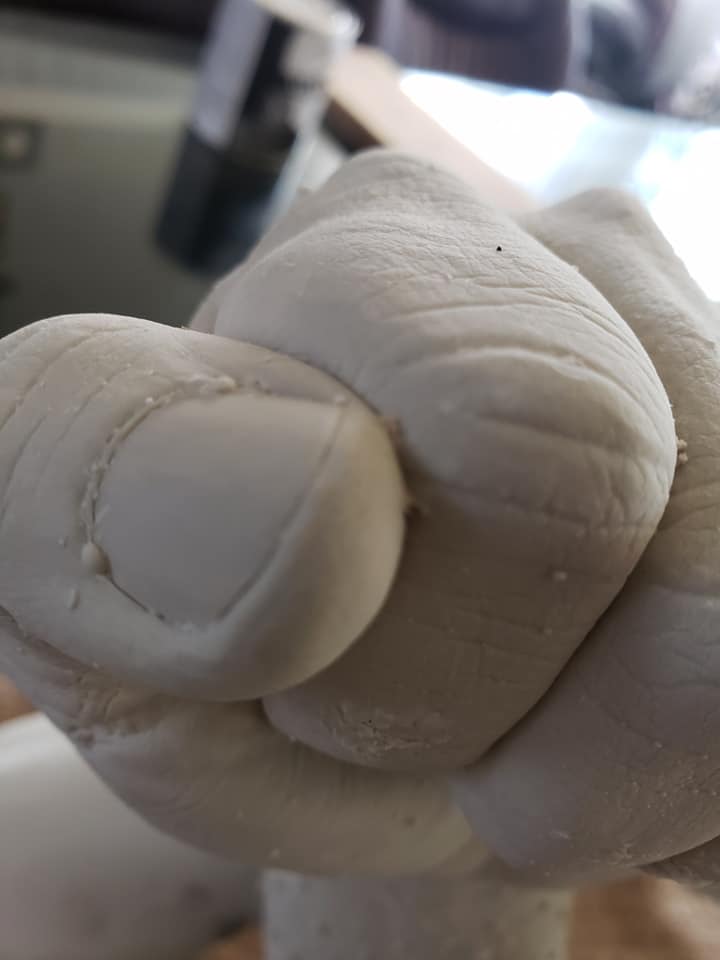
Materials Used in Hand Casting
Different materials are used in the hand casting process, each offering unique finishes, durability, and texture.
Common Hand Casting Materials
- Alginate: A skin-safe molding material derived from seaweed.
- Silicone: Known for flexibility and high detail reproduction.
- Plaster: Affordable and commonly used for final casts.
- Resin: Durable, versatile, and offers multi-colored options.
- Cold-Cast Metal: Provides a premium metallic finish for durability and aesthetics.
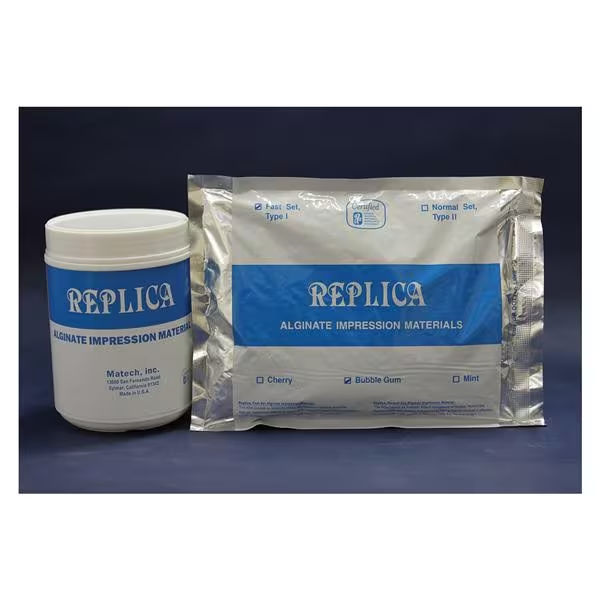

The Hand Casting Process – Step-by-Step Guide
Creating a hand cast involves careful execution at every stage. Below is a simplified breakdown of the process:
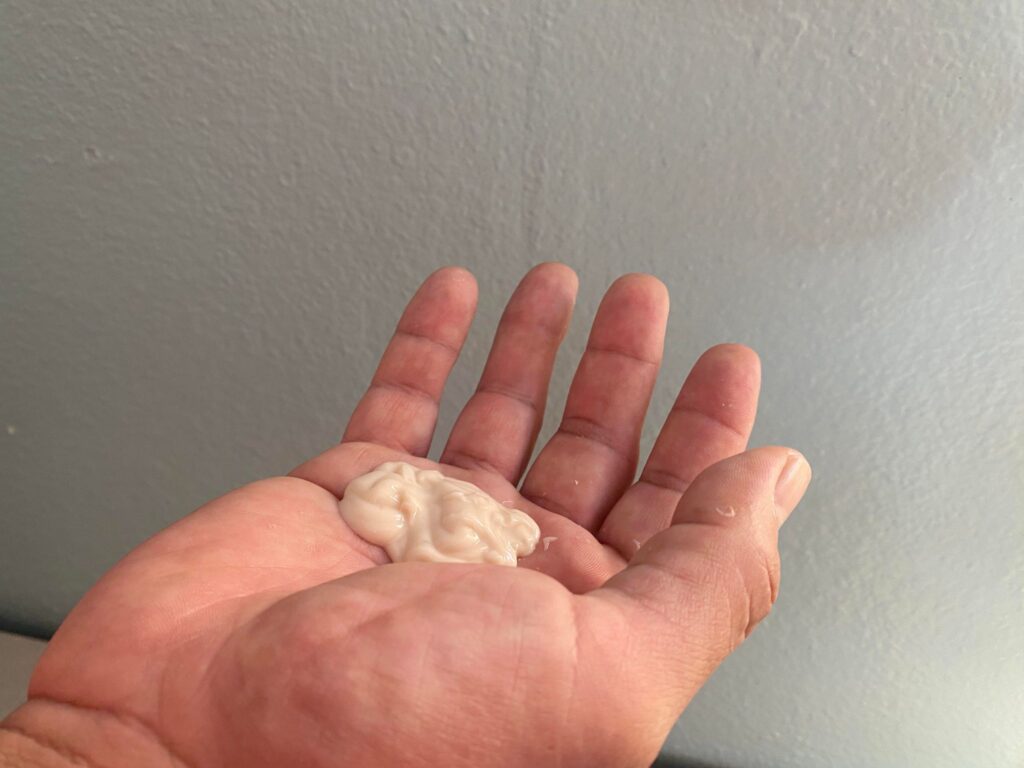
Step 1 – Preparation
- Ensure hands are clean and dry.
- Apply a release agent to prevent sticking.
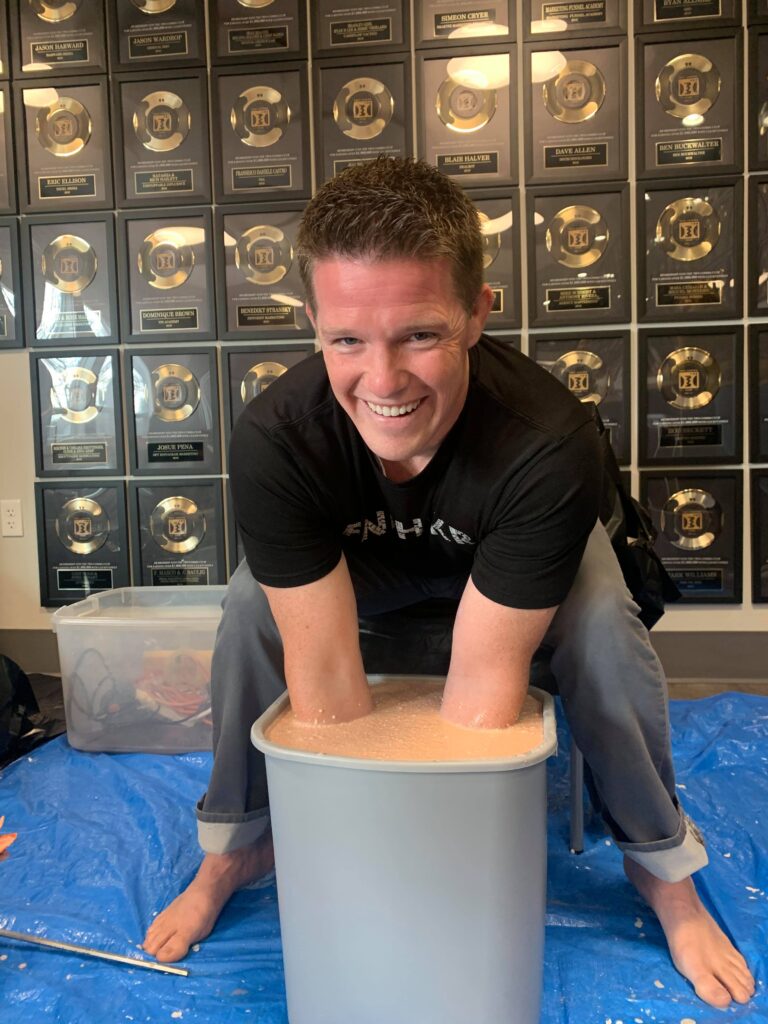
Step 2 – Create the Mold
- Mix alginate or silicone with water.
- Submerge the hand into the mixture and hold still until set.
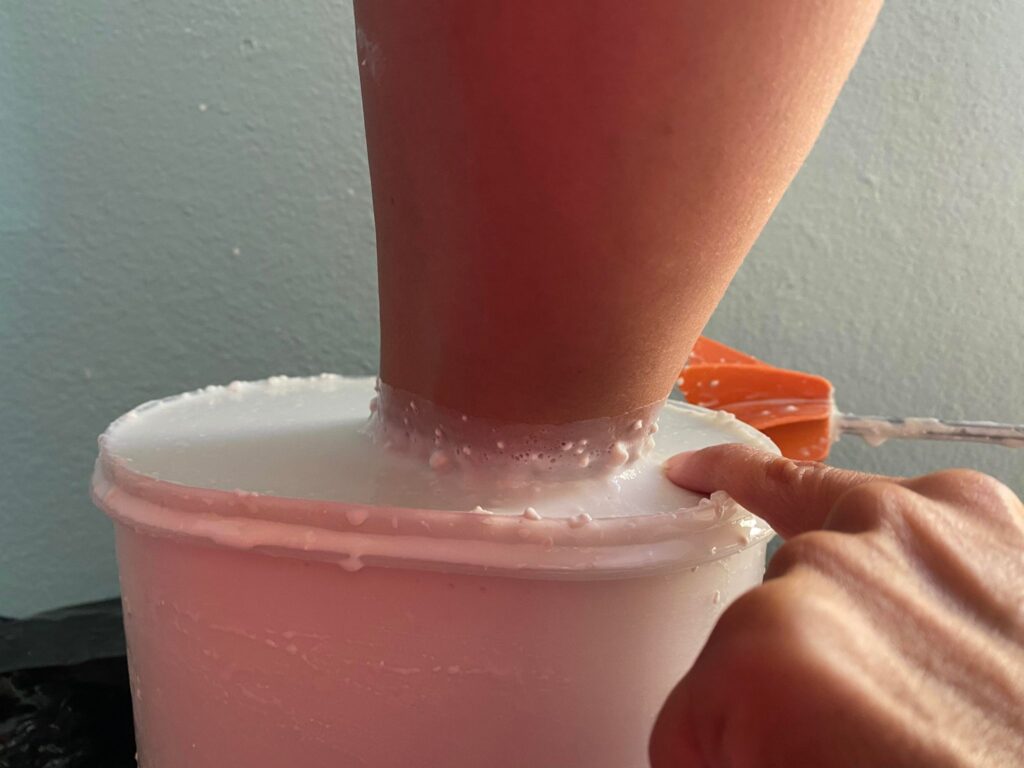
Step 3 – Remove the Mold
- Gently remove the hand from the set mold.
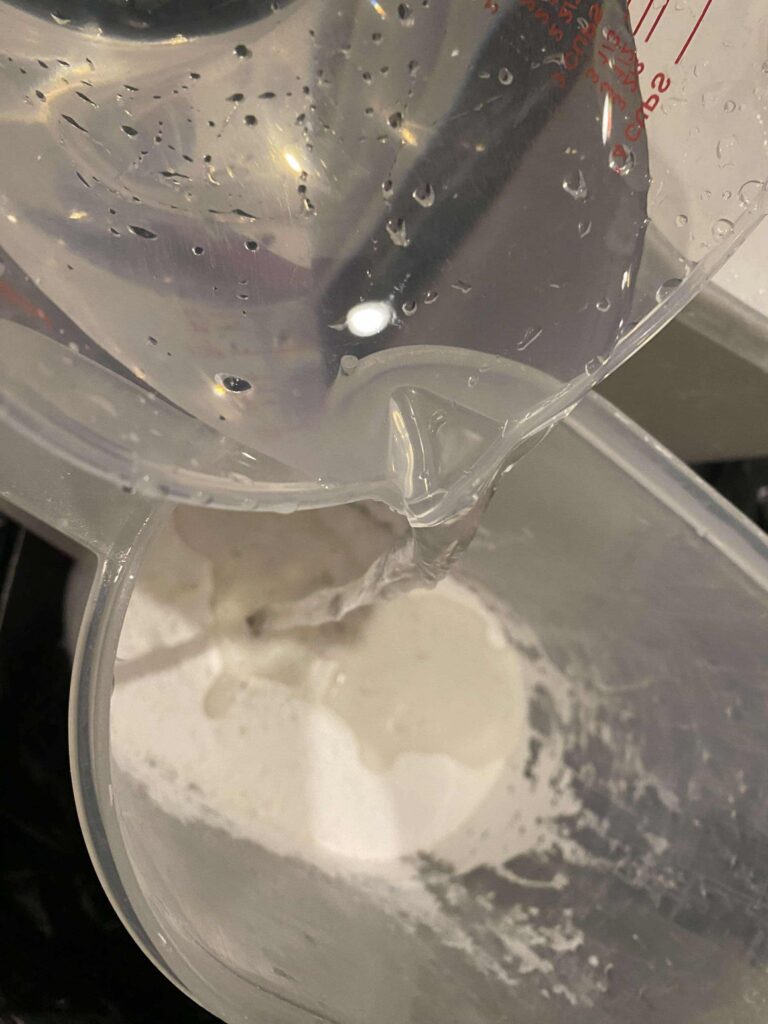
Step 4 – Pour the Casting Material
Discover art that pushes boundaries, tells unique stories, and captivates.
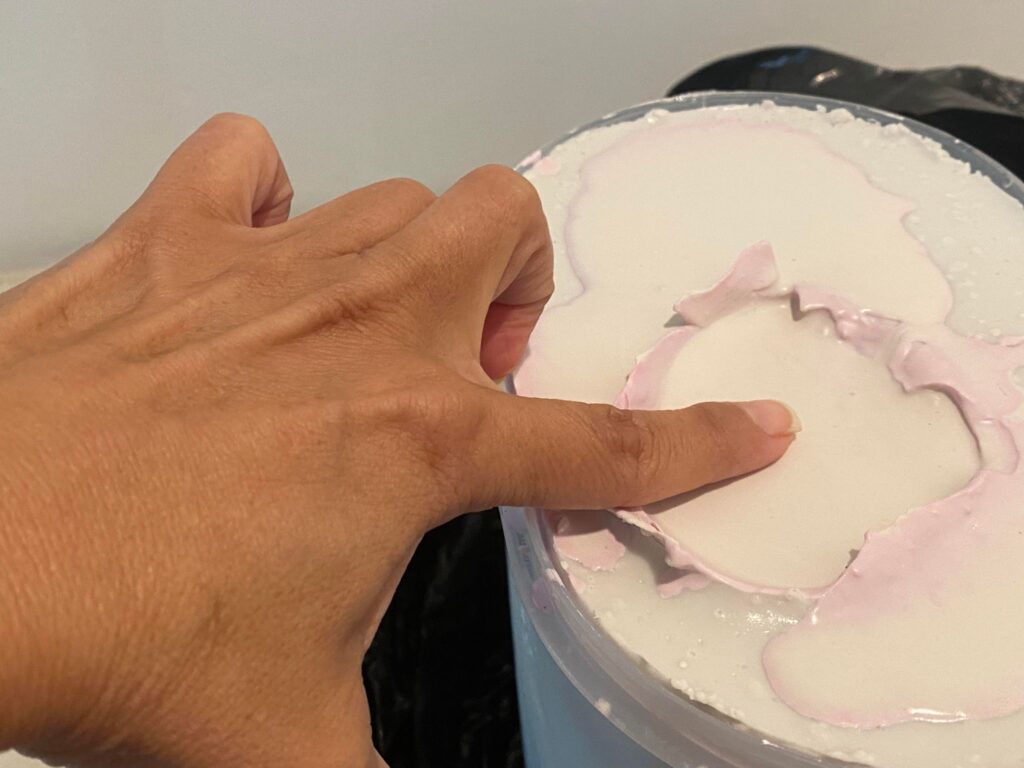
Step 5 – Set and Cure
- Allow the casting material to fully set.
- Remove the mold gently to reveal the cast.
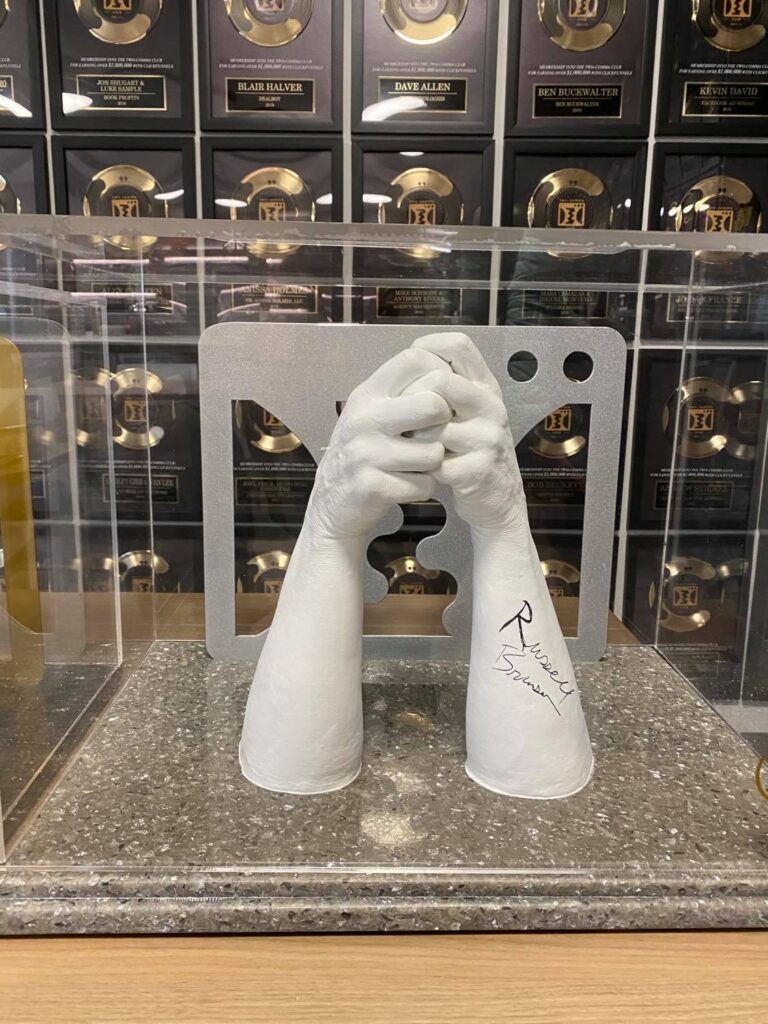
Step 6 – Refine and Finish
- Refine edges and imperfections.
- Paint or finish as desired.
Applications of Hand Casting
Hand casting has diverse applications across various domains, from personal keepsakes to professional artistry.
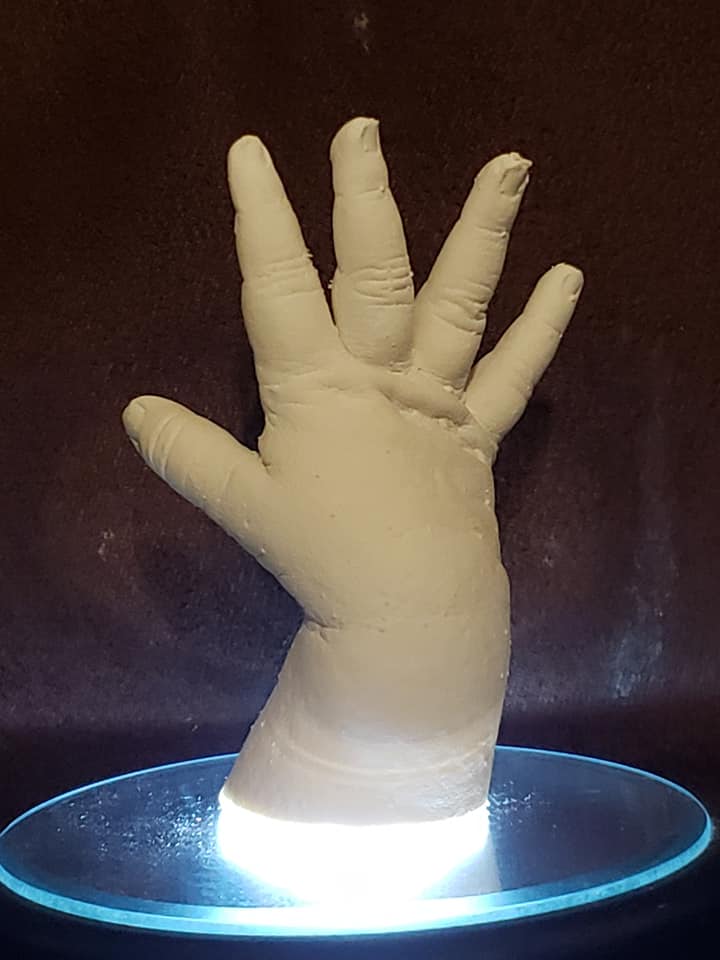
Preserving Milestones
- Baby Keepsakes: Capturing newborn handprints.
- Family Bonds: Siblings or parent-child casts.
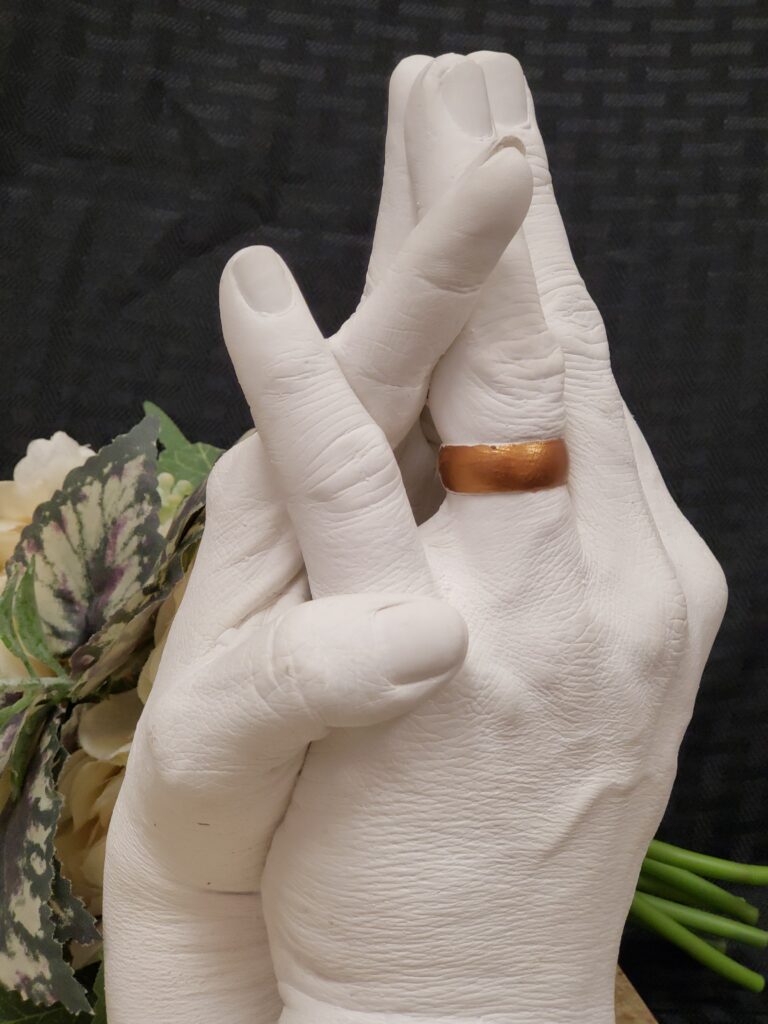
Couples Hands

Artistic Expression
- Sculptors create intricate hand sculptures for exhibitions.
- Unique textures and details make each piece one-of-a-kind.
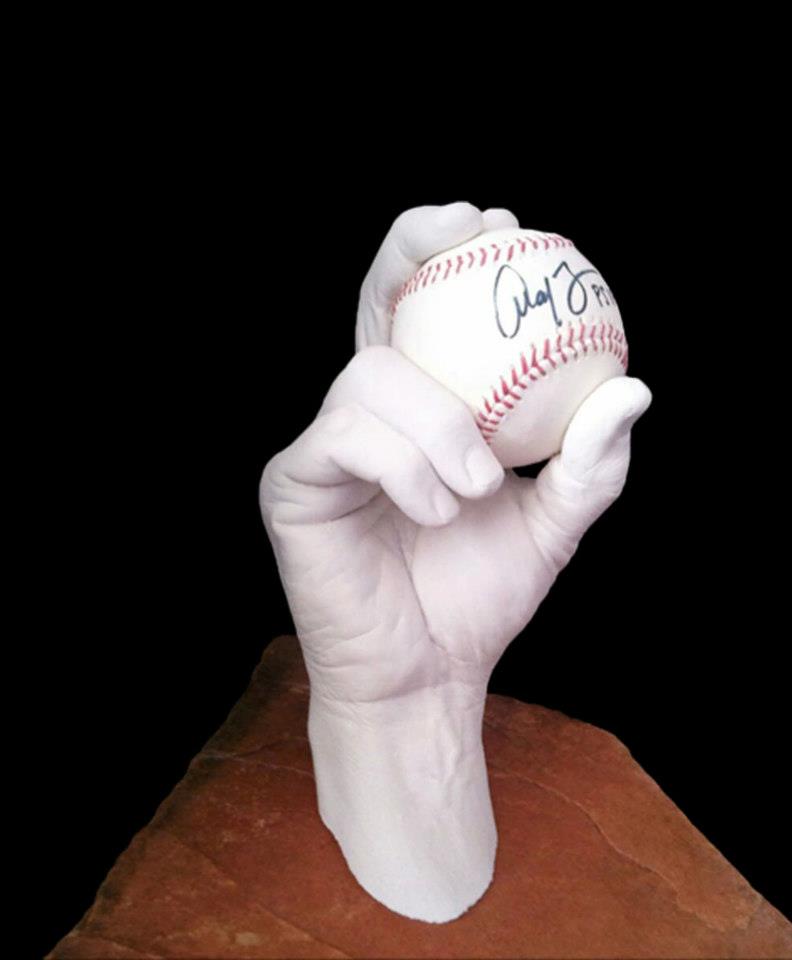
Commemorative Pieces
- Weddings and Anniversaries: Symbolic hand-holding casts.
- Legacy Projects: Hall of Fame inductions, sports milestones, or farewell memorials.
Tips for Successful Hand Casting
To achieve a flawless hand casting experience:
- Follow Instructions: Carefully read and follow all guidelines.
- Organized Workspace: Work in a clean and prepared environment.
- Material Mixing: Ensure accurate mixing ratios.
- Remove Air Bubbles: Gently tap or shake molds to eliminate bubbles.
- Patience is Key: Allow materials sufficient time to set and cure.
For detailed hand casting instructions, check out the guide at Pasignia Hand Casting Guide.
The Significance of Hand Casting Today
In a world dominated by digital memories, hand casting offers a tangible way to preserve fleeting moments.
Emotional Value
Each cast carries the weight of a memory—a newborn’s first days, a couple’s wedding vows, or a loved one’s final touch.
Artistic and Functional Value
From museum-quality art pieces to personal family keepsakes, hand casting has a unique place in both homes and galleries.
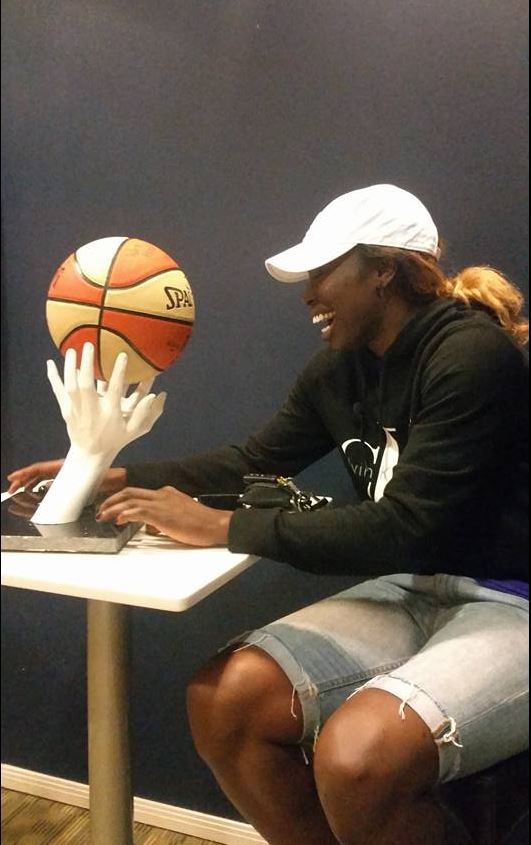

External Resources for Inspiration
Discover valuable resources to deepen your knowledge about hand casting, materials, and creative techniques. These trusted links offer insight, guidance, and expert advice for enthusiasts and professionals alike.
Instructables – Lifecasting Hands Guide
Explore a step-by-step guide on creating lifecasts of hands, complete with practical tips and expert techniques. This resource is perfect for DIY enthusiasts and beginners in hand casting. Visit Instructables – Lifecasting Hands Guide
The Craftec Academy – Hand Casting Materials
Dive into an in-depth overview of hand casting materials, including alginate, plaster, silicone, and more. Learn how to choose the right materials for your next hand casting project.
Visit The Craftec Academy – Hand Casting Materials
Catch The Moments – Hand Mold Techniques
Discover professional hand mold techniques and creative approaches to crafting lifelike and detailed hand sculptures. A valuable guide for both personal keepsakes and professional projects.
Visit Catch The Moments – Hand Mold Techniques
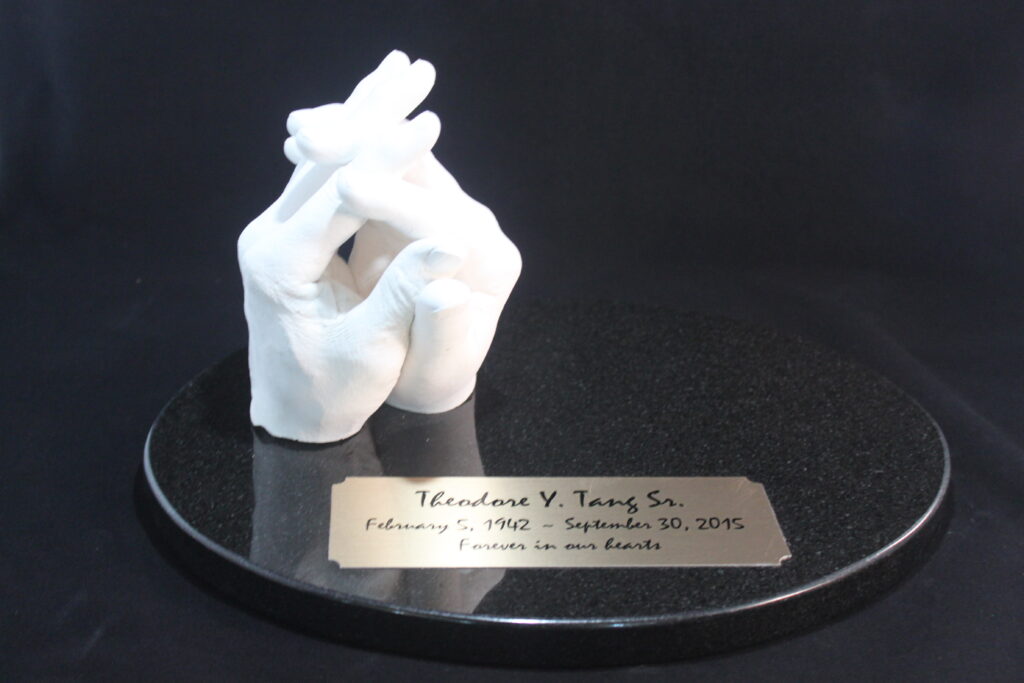
Final Thoughts – Why Hand Casting Matters
Hand casting is not just a craft—it’s a celebration of life, love, and memories. Whether you’re commemorating a milestone, preserving your child’s tiny hands, or creating a unique artistic sculpture, hand casting bridges the gap between emotion and art.
At Keepsakes of Triumph, we honor this art form by turning meaningful moments into tangible works of art.
